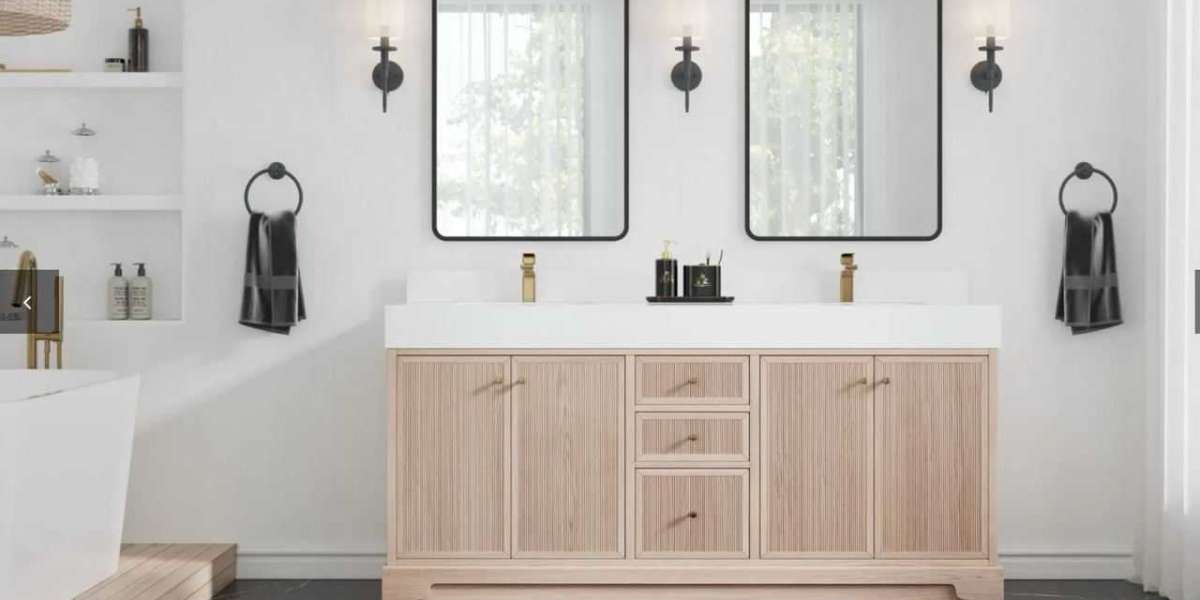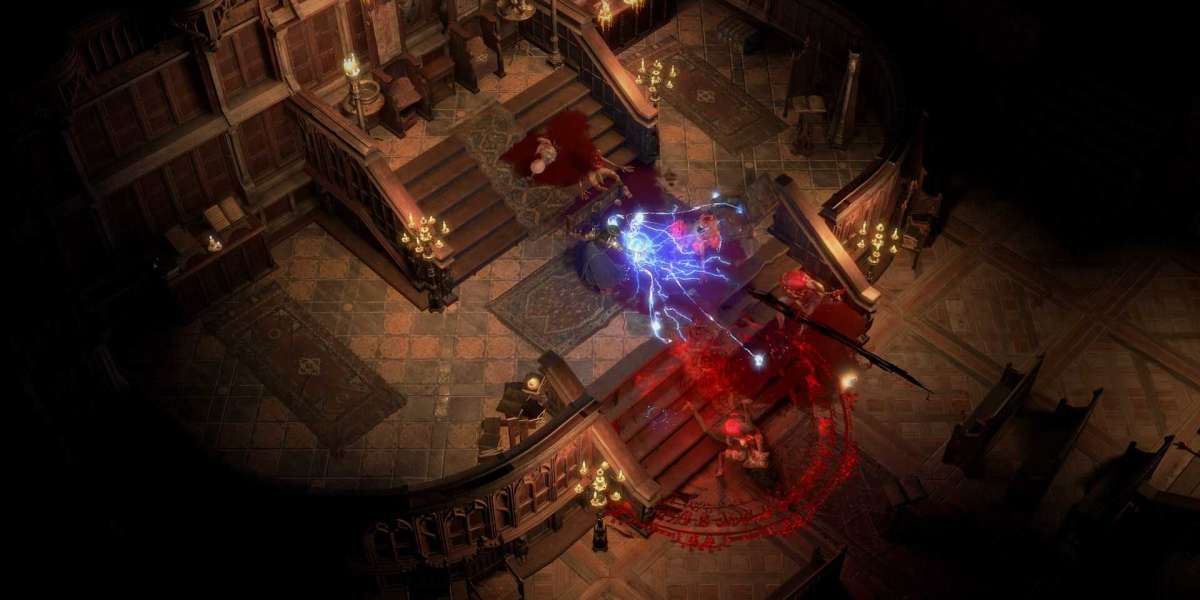A bathroom is more than a space for getting ready. It’s the first place you step into in the morning, and likely the last one you use before calling it a night. It should work as hard as you do — quietly, reliably, and with purpose. But performance doesn't have to mean sacrificing design. The smartest bathrooms are built around furniture that brings both style and substance.
As someone who works closely with homeowners, designers, and contractors, I’ve noticed a shift. People want more from their bathrooms — not just clean lines and neutral colors, but useful storage, reliable materials, and thoughtful features that make everyday routines smoother.
Here’s how to design a bathroom that actually works — and still looks sharp doing it.
Build on a Solid Foundation: Material Quality
Let’s start with what your bathroom furniture is made of. A surprising number of vanities on the market still cut corners with cheap particleboard and veneers. They might look good on a showroom floor, but in a real-life bathroom — full of moisture, temperature shifts, and daily wear — they don’t hold up.
White oak is one material that consistently performs well in bathrooms. It has natural durability and a fine grain that works beautifully in modern and transitional styles. When paired with strong structural plywood, it results in a product that resists warping and holds its shape for years. These aren’t just surface-level benefits — they directly impact how long your investment lasts and how it functions day to day.
Let Texture Do the Talking
One of the best ways to bring warmth and character into a bathroom is through texture — not color, not pattern, but the physical feel and look of the surfaces. Flat, glossy finishes can feel sterile, especially in minimalist spaces. Adding detail through subtle elements like fluted or reeded designs can create a sense of depth without overpowering the room.
This is especially helpful in bathrooms with simple color palettes. A vanity with reeded woodwork, for example, catches the light differently throughout the day and adds visual interest without needing any extra styling.
In short: a little texture goes a long way. You don’t need wild patterns or ornate hardware to make a statement. Let the materials do that for you.
Make Space for What You Actually Use
Storage isn’t just about capacity. It’s about accessibility.
Too many vanities offer drawers that are shallow, narrow, or awkwardly divided. Think about how you actually use your bathroom — where do you keep your hair dryer, skincare products, spare towels, chargers? If your storage isn’t built around real needs, it ends up being a source of daily frustration.
The best vanities are designed with this in mind. Deep drawers with dividers, compartments for organizing small items, and outlets where you need them — these aren’t luxury features anymore. They’re the new standard. Some high-quality vanities now come with built-in power stations and USB ports inside the drawers. It might sound like a small detail, but it solves a real problem: cluttered countertops and tangled cords.
If you're looking for a piece that checks all the boxes — style, smart storage, and serious durability — take a look at this white oak vanity. It’s a great example of how good design can also be incredibly functional.
Don’t Overlook the Countertop
You’d be surprised how often the countertop is treated like an afterthought. But this one element carries more weight than people realize — literally and visually.
A well-made countertop needs to handle heat, moisture, and constant use without staining or scratching easily. It also needs to be thick and solid enough to anchor the vanity itself. If the countertop feels flimsy or cheap, it drags down the quality of the entire piece, no matter how nice the base looks.
The thickness matters, too. A substantial countertop not only adds structure, it balances out the overall design. Thin tops can look unfinished or fragile, especially when paired with bold cabinetry. A thicker top gives the whole vanity presence — it feels grounded.
Design for Real Life, Not a Magazine
There’s a big difference between what looks good in a styled photo and what works in a home where people actually live. Your bathroom should be easy to clean, comfortable to use, and capable of handling whatever your mornings throw at it — without falling apart or looking dated in two years.
That's why I always recommend choosing vanities that don’t just match your design style — they need to match your lifestyle. Do you need more drawer space than cabinets? Do you prefer wall-mounted options or freestanding pieces? What about integrated outlets? These choices should be shaped by how you live, not just how you want your bathroom to look.
Because ultimately, a bathroom that works is one you don’t have to think about. The vanity opens smoothly every time. Your essentials are where you need them. The finish holds up to steam and spills. And it still looks just as good years down the line as it did on day one.
Final Thoughts
A well-designed bathroom doesn’t chase trends — it quietly supports your routine with features that make sense. The materials are solid. The layout is intuitive. The storage works for your stuff, not against it. And yes, it still looks sharp.
When you focus on quality and usefulness, you’re not just making your space look better — you’re making it work better, too. That’s the kind of design that actually pays off.



